Group fitness games are a fun and engaging way to work out while improving your social bonds. Not only do they provide a unique and challenging workout, but they also create a shared experience that can bring people together. In this article, we will explore how group fitness games improve social bonds and provide some examples of games you can try with your friends or fitness group, including the Boardgains Fitness Board Game.
Introduction to Group Fitness Games
Group fitness games are physical activities that involve multiple participants working together to achieve a common goal. These games can range from simple tag games to complex obstacle courses, and they are often designed to challenge both the mind and body.
The Benefits of Group Fitness Games
Group fitness games offer a wide range of benefits, including physical, mental, and social benefits. Let's take a closer look at each of these benefits.
Physical Benefits
Group fitness games can provide an excellent workout that improves cardiovascular health, muscular strength, and endurance. These games often involve a combination of cardio and strength training exercises, which can help you burn calories and build muscle.
Mental Benefits
Group fitness games can also provide mental benefits, such as improving focus and concentration. These games often require participants to think creatively and problem-solve on the fly, which can help improve cognitive function and memory.
Social Benefits
Perhaps the most significant benefit of group fitness games is their ability to improve social bonds. These games can bring people together and create a sense of community, which can be especially beneficial for those who are looking to make new friends or connect with others who share similar interests.
How Group Fitness Games Improve Social Bonds
Now, let's dive deeper into how group fitness games improve social bonds.
Creating a Shared Experience
Group fitness games create a shared experience that can help participants bond over a common goal. When working together to complete a challenging obstacle course or relay race, participants develop a sense of camaraderie that can translate into stronger social bonds.
Encouraging Communication
Group fitness games often require participants to communicate with one another to achieve their goals. Whether it's through verbal cues or non-verbal signals, participants must learn to work together and communicate effectively, which can improve their overall communication skills.
Fostering Teamwork and Cooperation
Group fitness games also foster teamwork and cooperation. Participants must learn to work together and rely on one another to achieve their goals, which can help them develop valuable teamwork and leadership skills.
Examples of Group Fitness Games
There are many different types of group fitness games that you can try. Here are a few examples:
Tag Games
Tag games are a fun and simple way to get your heart rate up and improve your agility. These games can be played with two or more people and can be modified to fit the skill level of the participants.
Relay Races
Relay races are a classic group fitness game that requires participants to work together to complete a course or obstacle course. These games can be modified to fit the skill level of the participants and can be a fun way to challenge yourself and your group.
Partner Workouts
Partner workouts are a great way to build strength and endurance while working with a partner. These workouts often involve exercises that require two people to complete, such as partner squats or medicine ball tosses.
Boardgains Fitness Board Game
Boardgains Fitness Board Game is a unique group fitness game that combines exercise and strategy. This game is designed to be played with two or more players and requires participants to complete various fitness challenges while collecting points and advancing around the board.
Circuit Training
Circuit training is a popular group fitness game that involves completing a series of exercises in a circuit format. Participants move from one station to the next, completing a set number of repetitions at each station before moving on to the next one.
How to Incorporate Group Fitness Games into Your Fitness Routine
If you're interested in incorporating group fitness games into your fitness routine, here are a few tips to help you get started:
Finding a Group
The first step is to find a group of like-minded individuals who are interested in playing group fitness games. You can find these groups at local fitness centers, community centers, or through social media groups.
Choosing the Right Games
Once you have a group, the next step is to choose the right games for your fitness level and goals. Start with simple games and work your way up to more complex ones as you build your strength and endurance.
Setting Goals and Objectives
It's also important to set goals and objectives for your group fitness games. This can help you stay motivated and focused on achieving your fitness goals.
Conclusion
Group fitness games are an excellent way to improve your physical, mental, and social well-being. They provide a unique and engaging way to work out while improving your social bonds with others. By incorporating group fitness games into your fitness routine, you can achieve a well-rounded workout that challenges both your mind and body.
FAQs
What are the benefits of group fitness games?
Group fitness games provide physical, mental, and social benefits, including improved cardiovascular health, cognitive function, and social bonds.
Can anyone participate in group fitness games?
Yes, group fitness games can be modified to fit any skill level or fitness level, making them accessible to anyone.
Where can I find groups to play group fitness games with?
You can find groups at local fitness centers, community centers, or through social media groups.
What are some examples of group fitness games?
Examples include tag games, relay races, partner workouts, Boardgains Fitness Board Game, and circuit training.
How do group fitness games improve social bonds?
Group fitness games create a shared experience, encourage communication, and foster teamwork and cooperation, all of which can improve social bonds.

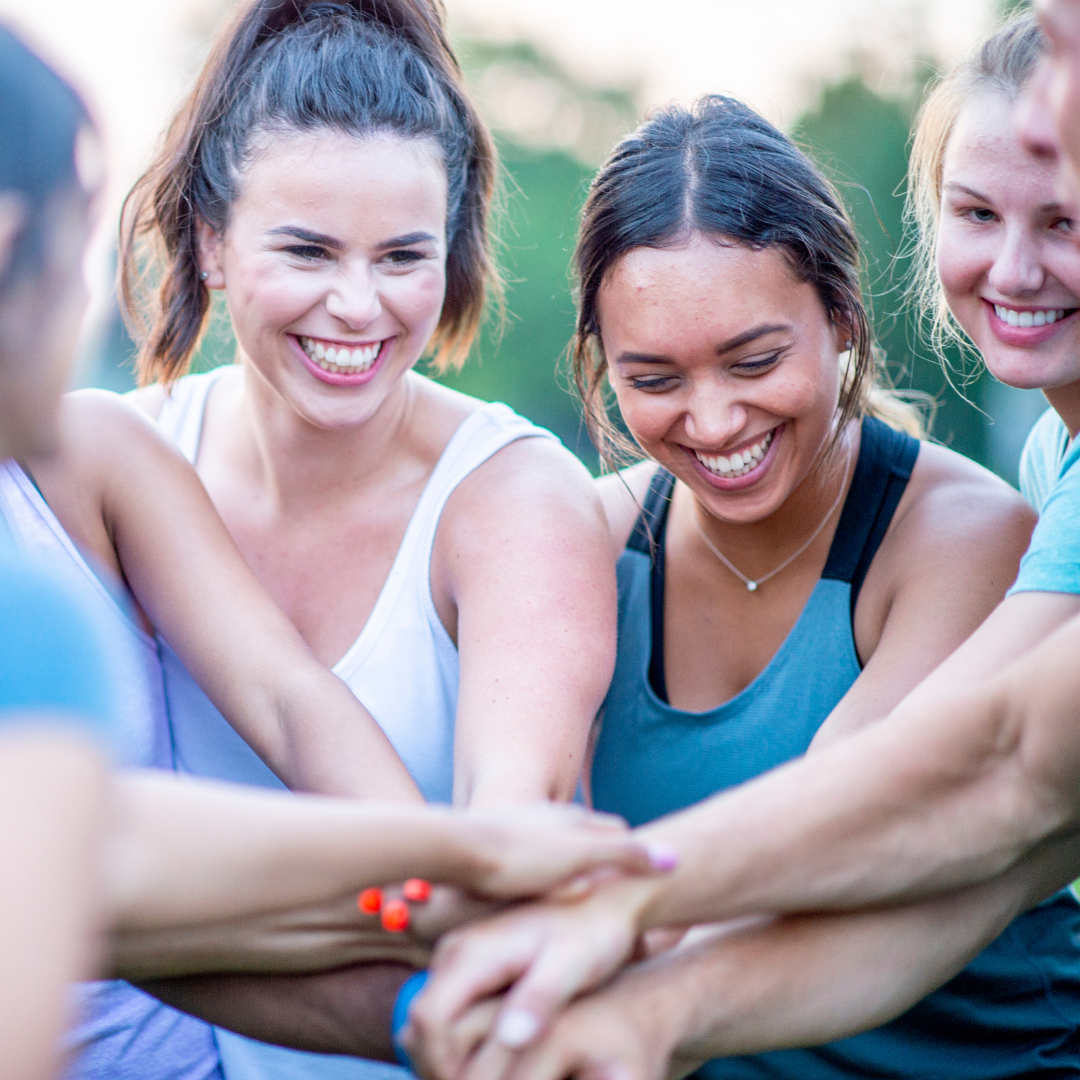
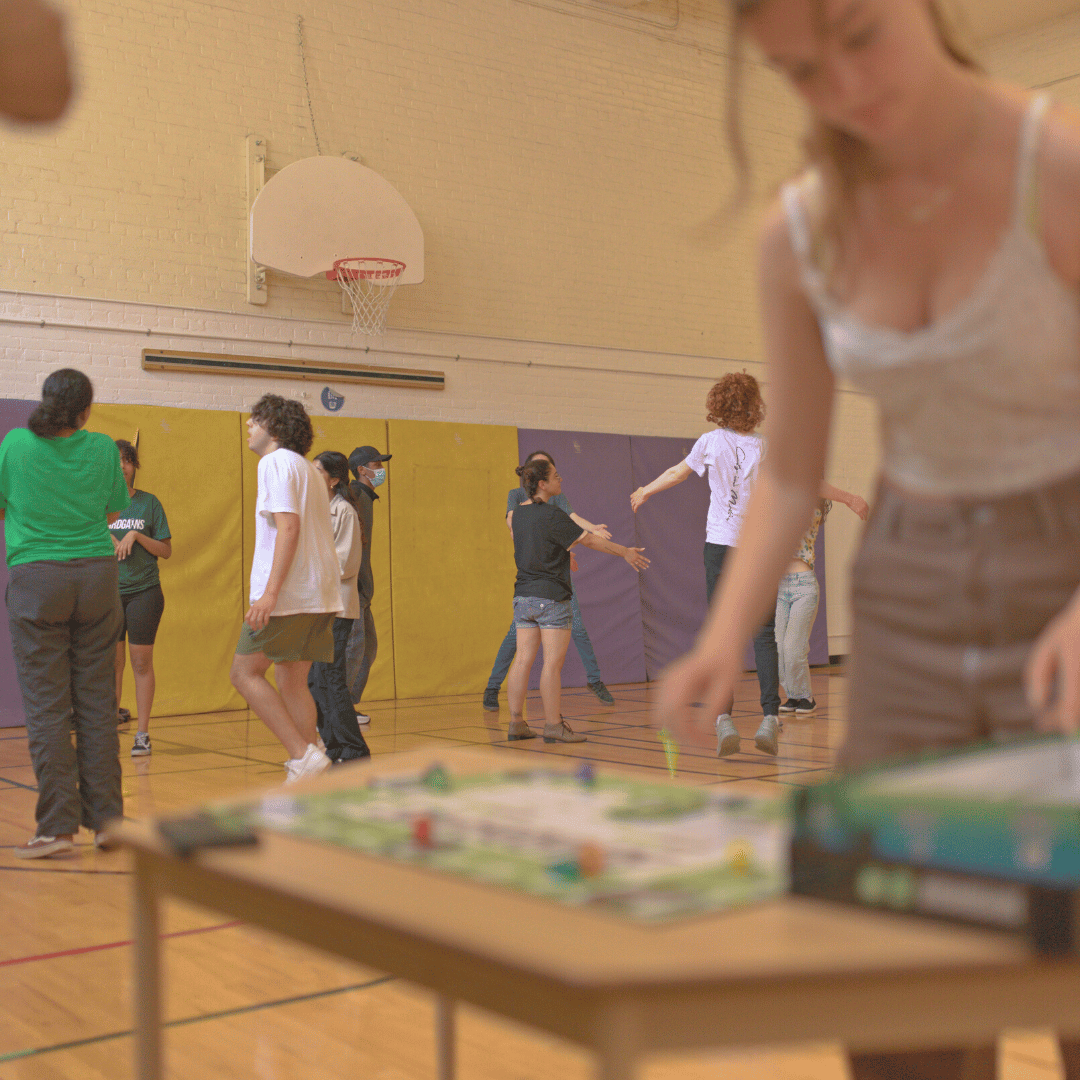
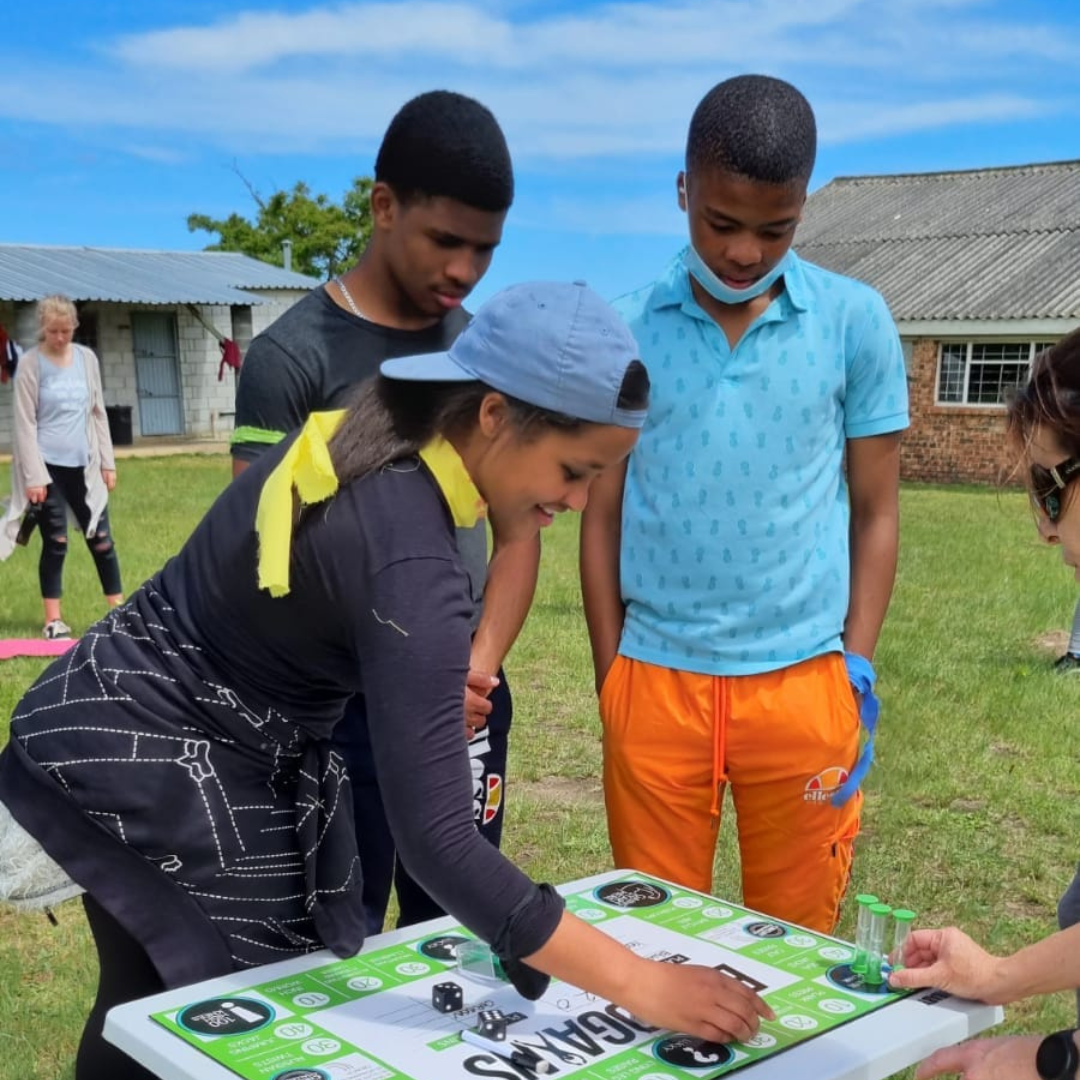
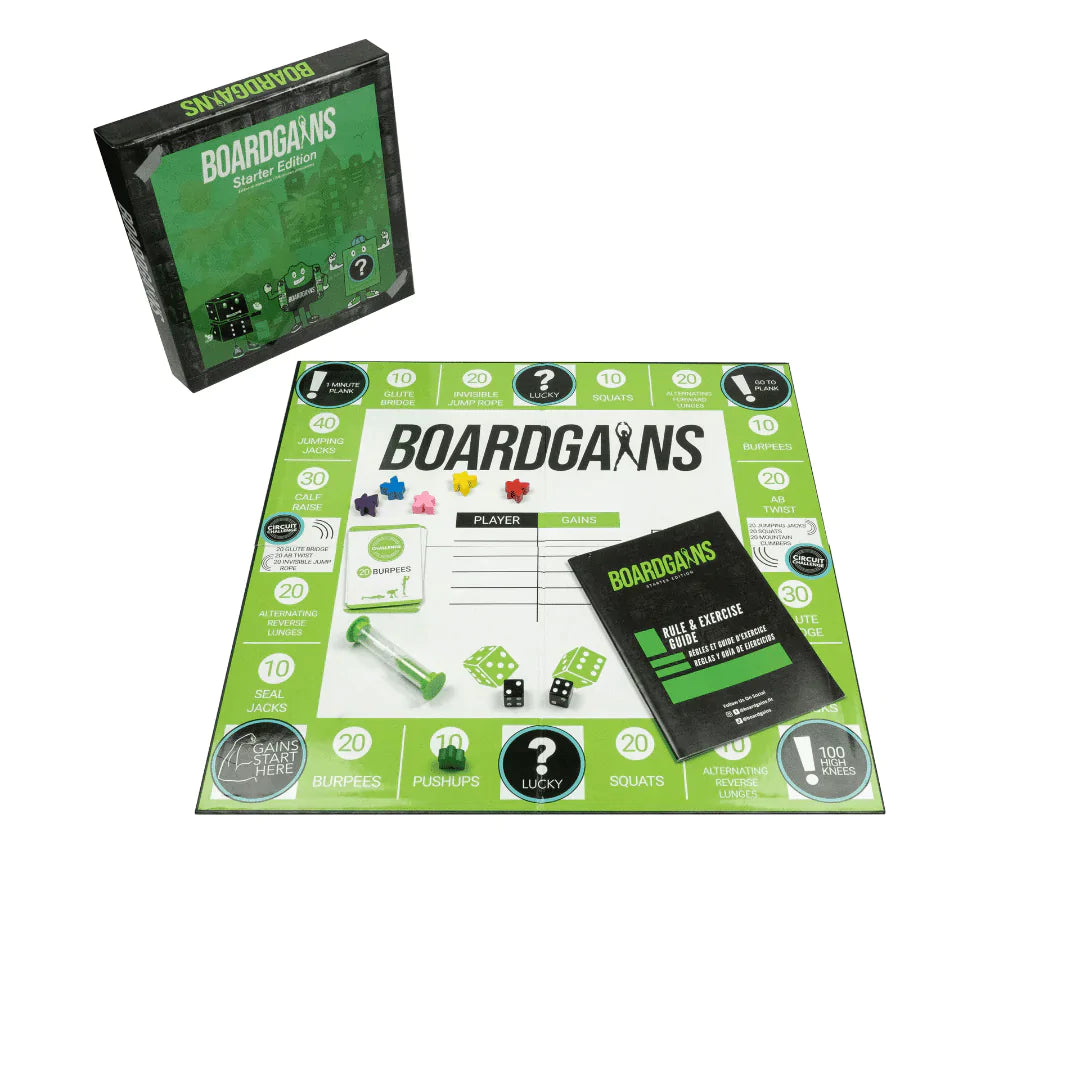
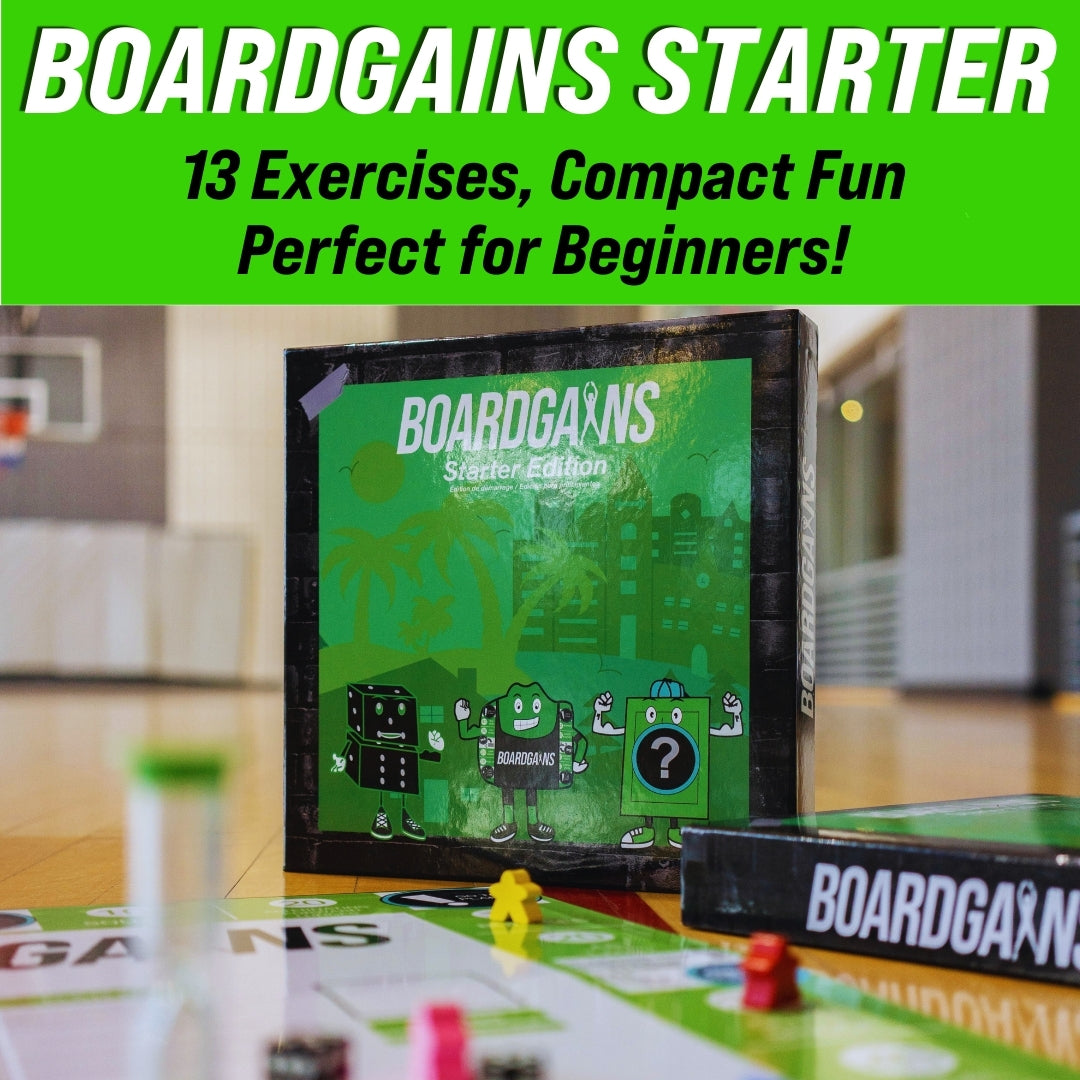
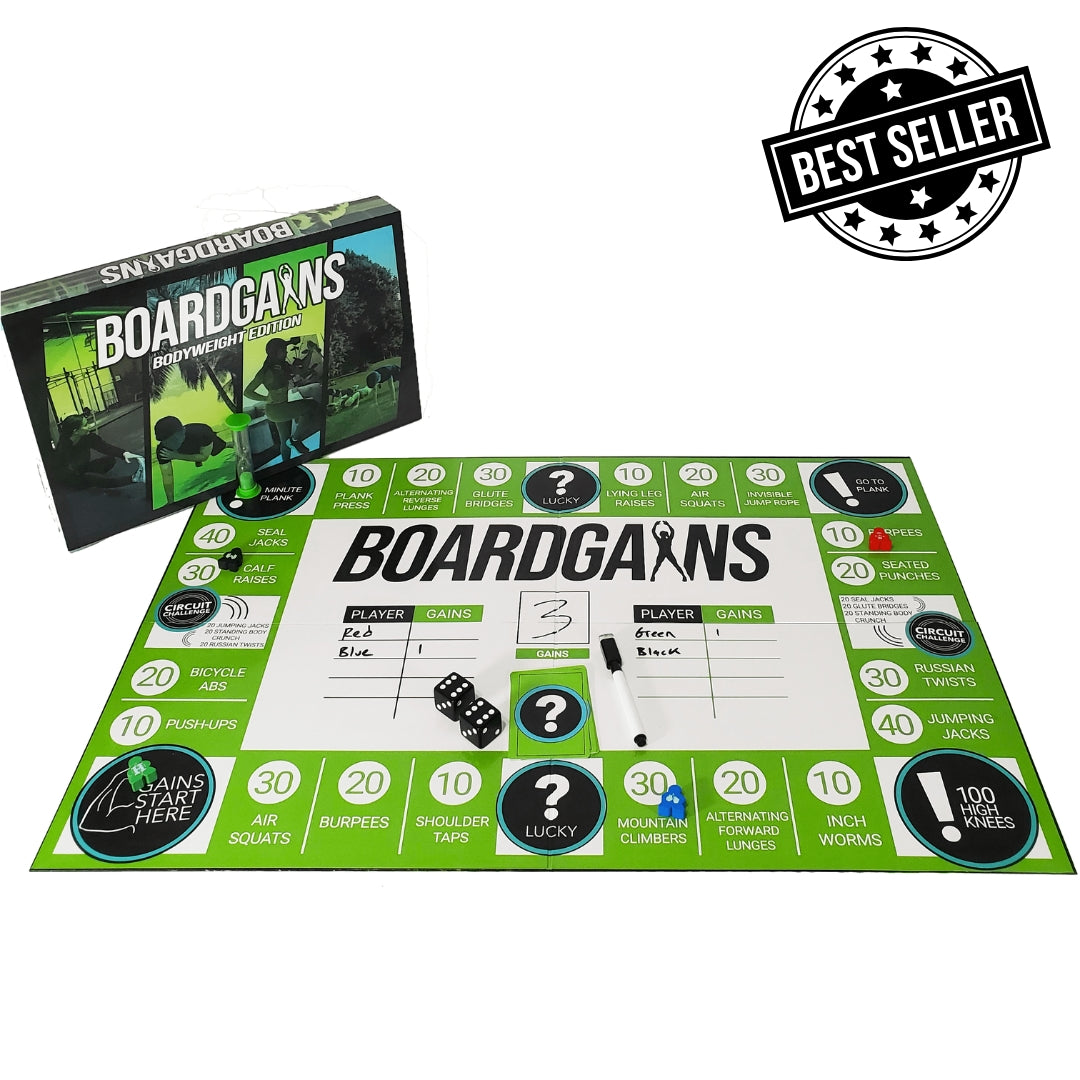

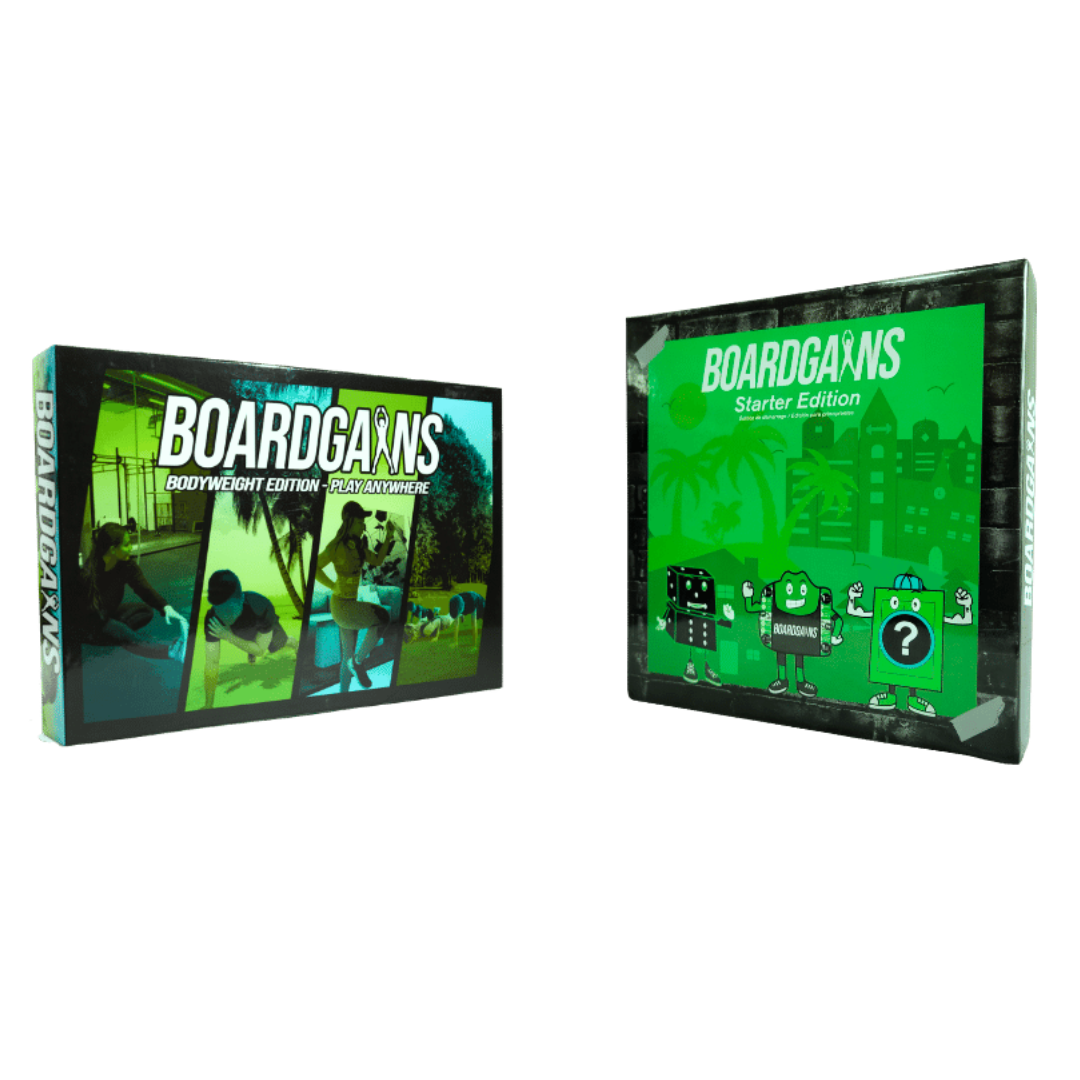

Leave a comment
This site is protected by hCaptcha and the hCaptcha Privacy Policy and Terms of Service apply.